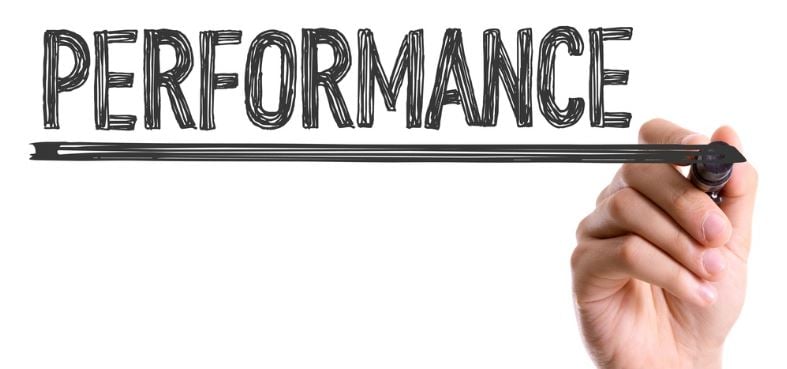Don’t just measure the result; measure the performance too
Many of us in the quality, health & safety and environmental (QHSE) game report to our Boards using lag indicators.
We tell our Boards how many accidents occurred over the past month, the number of non-conformances, the hours of lost time, the number of environmental incidents, workers’ compensation costs, and so on. We have spreadsheets, logs and folders bursting with this sort of information. These things are a joy to report – they are easily measured and look great in graph form. They can show month-to-month variances, medium- and long-term trends and can be used to make (albeit often flaky) projections.
Generally speaking, this is the kind of data that Boards ask for and we’re happy to give it to them because it’s so darned easy. But we are all missing a good half of the story when we do this. And it happens to be the most important half!
Here’s the problem - as their name suggests, lag indicators look at what has already happened. If you turn off your critical faculties when you examine lag indicators, it can look as if your organisation rarely cares about QHSE. But in fact, lag indicators can be collated without you doing even one single, tiny thing to improve QHSE in your workplace. You might have no training in place, no hazard plans, no safety equipment, and yet at the end of the month you can easily generate some attractive-looking lag indicator data that shows change over time.
In other words, when it comes to focusing on improvements, on their own, lag indicators really aren’t that useful. They do absolutely nothing to make a genuine, actual, real-life improvement happen. They can also lead to complacency. They are all show and no go – hence the reason why we need lead indicators too.
Lead indicators explained
Perhaps the easiest way to get your head round the difference between lead and lag indicators is to think about weight management. When you jump on your scales at the end of the week, you get your ‘result’ for that week. It’s a classic lag indicator. But, if during the week, you’re also measuring things like your calorie intake and exercise frequency, you’re also tracking your lead indicators. To a great extent, these are the things that will impact your result at the end of the week.
A lead indicator is a measure preceding an event used to drive and measure improvement and prevention activities. They are evidence that you are actively doing something to improve QHSE in your organisation, whether it be training, audits or identifying ergonomic opportunities. Lead indicators are things you are doing now, which will hopefully have a positive impact in the future.
Because of this future-focus, lead indicators require a certain leap of faith as there’s no guarantee that an initiative will deliver a positive return. You are going to have to invest money for training before the effect of any training can ever be seen in the lag indicators relating to lost time. You are going to have to spend money on safety equipment before you will see any change in the lag indicators relating to personal injury. You are going to have to spend time on doing audits before you will see any change in the lag indicators for severity of injuries.
Tell the whole story
Both lead and lag indicators have their advantages - and their flaws - which is why it is best practice to use them both. If you use lag indicators without lead indicators, it will be impossible to know the cause of any improvement/decline in performance. If you use lead indicators without lag indicators, you could happily be doing lots of good work without being able to show that you’ve achieved anything worthwhile. One type of indicator without the other is only half of the story.
Here’s a challenge for you – if your Board has only ever asked for lag indicators, at your next meeting present them with lead indicators as well. Explain why. Raise their consciousness. Talk about the concept of continuous improvement and the dangers of complacency. This little bit of initial discomfort will be worthwhile because in the long run you will have created a better, more efficient and safer organisation.
The takeaway
In business, we often expect our employees to know how to influence a lag measure – and take the initiative in doing something about it. But why leave it to chance? Rather, be prescriptive and tell your employees exactly how to influence the result (lag measure) by getting them to focus on the lead indicators that matter.
Doing this is easy – just ask yourself the following questions:
- What initiatives and activities can we focus on to positively impact our lag measure?
- How can we define and measure those activities?
Never has the old saying “what gets measured gets done” been more applicable.
.png?width=200&height=51&name=image%20(2).png)




